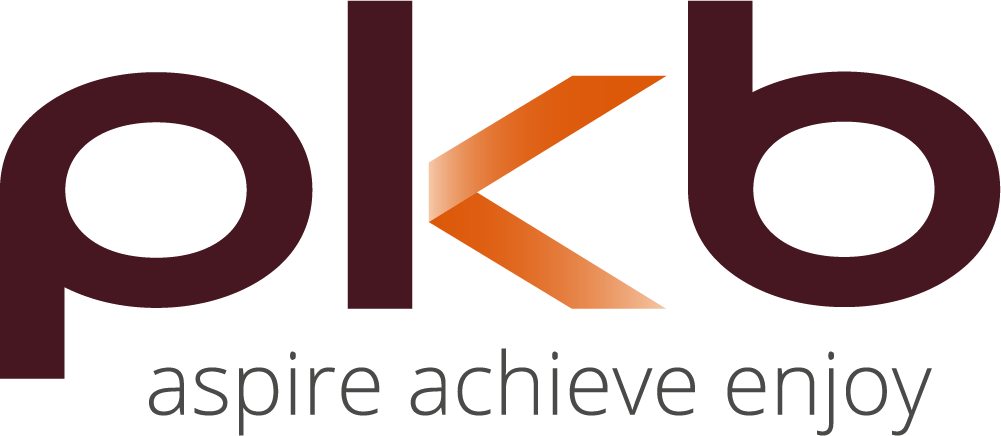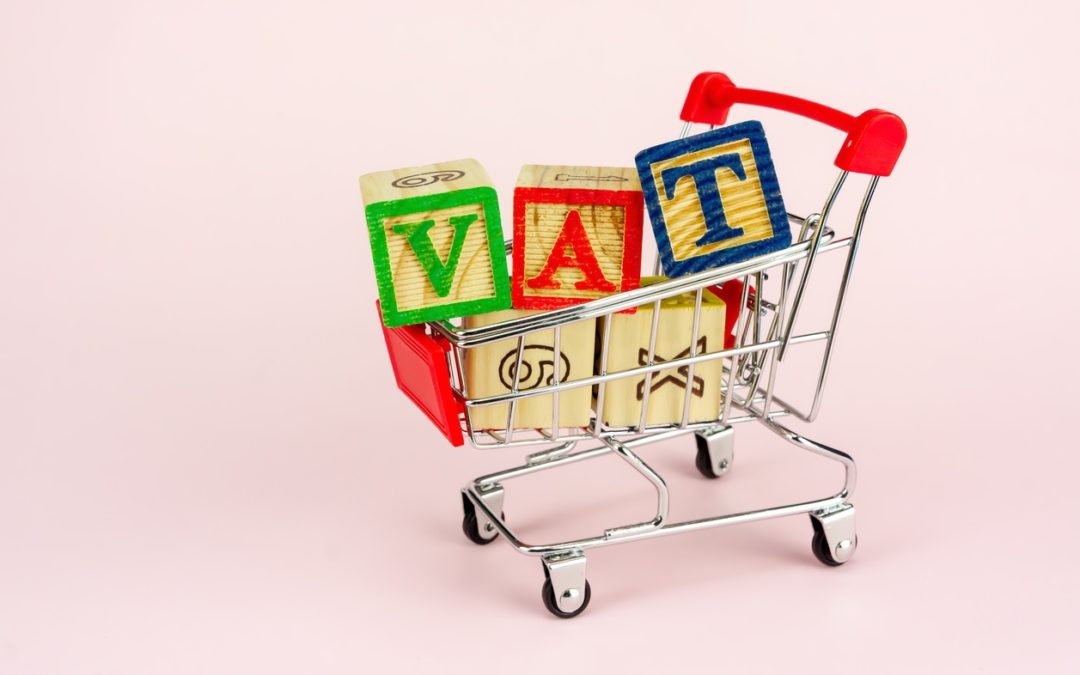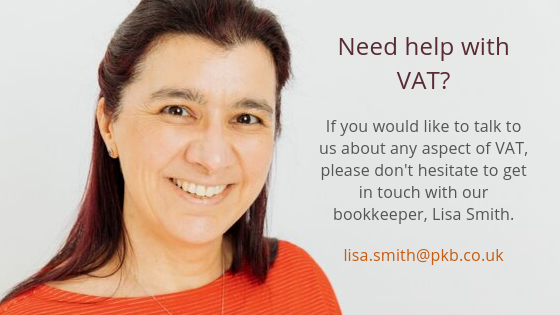If you’re a business owner, chances are you already know that VAT is applicable to you if your turnover exceeds £85,000 a year. This is however providing you supply goods or services bought and sold for consumption in the EU.
VAT (Value Added Tax) is known in general terms as a sales tax. It was introduced to the UK in 1973 and replaced purchase tax, which applied primarily to luxury goods. The new VAT was applied to goods and services across the board at a rate of 10%.
A year later, things started to get complicated when the flat rate of VAT was reduced to 8% while a 12.5% rate for luxury goods and petrol, (which was then in short supply), was introduced.
It has since been made even more complex with every passing year with rates changing, being abolished, reintroduced and generally tinkered. As of September 2019, there are now three rates of VAT:
- Standard rate (20%). This applies to most goods and services
- Reduced rate (5%). This applies to some goods and services. For example, children’s car seats and home energy
- Zero rate (0%). Most food and children’s clothes
Some things are completely exempt from VAT such as postage stamps and financial and property transactions. You can check the current rates of VAT on different goods and services on the gov.uk website.
How is VAT charged?
VAT is paid by end purchasers but collected on behalf of governments by retailers or service suppliers. To most ordinary consumers who can’t claim VAT back, it’s all but invisible and simply makes certain products seem more expensive.
Most consumers don’t in fact even realise that they’re paying sales tax because it’s bundled into the total price of the product at point of sale in most situations.
That means if product A is standard-rated while product B is zero-rated, product A will cost more to ordinary consumers who can’t reclaim VAT, giving some products an advantage over others. This is why manufacturers in particular sometimes take such cases to VAT tribunal.
If you’re a VAT-registered business, you must charge VAT on goods or services and you can reclaim any VAT you’ve paid on business-related goods and services. You must declare how much VAT you’ve charged and paid to HMRC through a VAT return which is usually due every three months.
The pasty tax
One notable VAT dispute was over the status of pasties – are they a luxury product when they’re sold warm?
This was triggered when then-Chancellor George Osborne introduced the so-called ‘pasty tax’ in 2012, closing a loophole which had allowed bakeries to treat pasties as zero-rated as they were only incidentally warm rather than being sold as hot food.
Faced with the prospect of charging customers 20% more for the same product, some bakers turned off their warming cabinets and switched to cooking smaller batches of pasties throughout the day.
Others simply absorbed the price rise as best they could to avoid driving away customers.
Other products which have been the subjects of specific VAT tribunals and debates include ‘slankets’, eBooks, digital newspapers, Bombay mix, breakfast muffins delivered to eat at home and ambulance rides.
There is very little in VAT that can be taken for granted. If your product or service deviates from the norm. If you’ve got a new angle or twist on an existing zero-rated item, you’ll need to think hard about its VAT status. If you have any questions or queries about this, please don’t hesitate to get in touch with PKB.
Equally, of course, you shouldn’t assume it’s standard-rated and thus risk missing out on a potential boost to sales from zero-rated status. It’s important in that case to be rigorous and honest with yourself: unless your business is a Coca-Cola or McVitie’s with the time, money and energy to fight back, it’s safest to act within the spirit of HMRC’s guidance.
Avoiding the issue
Some businesses deliberately keep their turnover under the threshold – a problem known in the world of tax policy as ‘bunching’ because of the sheer number of businesses that sit just below the £85,000 VAT-registration threshold.
What puts them off growing naturally is that once you’re registered for VAT, it usually means either putting prices up by 20% or, alternatively, charging the same but covering the VAT out of your own profits.
In a 2017 report on the bunching phenomenon, the Office for Tax Simplification (OTS) gave the example of two businesses – one turning over £84,000 and another just over £85,000.
“If VAT applied to the whole of the turnover, the VAT-registered business would be liable for an additional £17,000”.
It noted that, “in practice the net figure is likely to be less… as the newly-registered business will be able to recover VAT on its purchases, which it was unable to do before registration”.
Then, in addition, handling VAT bureaucracy takes up a huge amount of time that might otherwise be spent on something more productive. In 2017, British businesses spent 25 hours managing VAT on average – several full working days.
Simplification not imminent
Critics of VAT have called it regressive and excessively complicated – why should businesses have to spend so much time on this? Why should we have tribunals simulating cricket teas?
The official guidance is incredibly long and detailed, covering thousands of pages, and yet still leaves many manufacturers, retailers and consumers confused.
For all the criticism it receives, however, VAT is also relatively efficient to administer from the Government’s point of view and generates some 21% of the UK’s total annual tax revenue.
Although simplification of the system has long been called for, it doesn’t seem as if it’s likely to happen anytime soon.
To read news and blogs from Lisa Smith, click here >>



